
Beautiful Blue Danube
|

Kostolac, Serbia on the Mlava river |
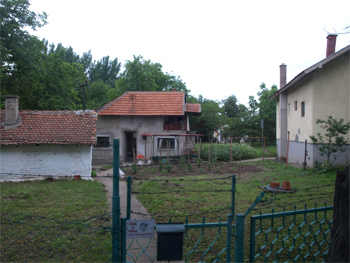
Typical house and garden |
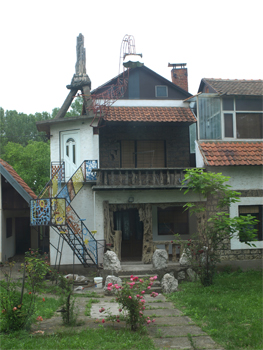
Decorated house
|
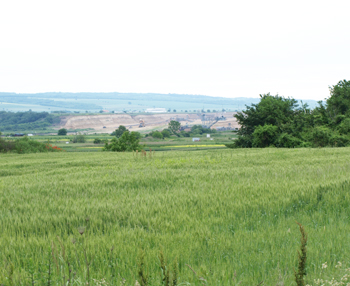
Strip mine
|
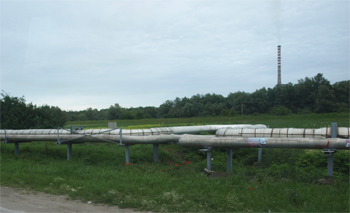
Steam pipes from the power plant into town |
Viminacium
Using modern technology more is being discovered and excavated with the help of grants and world-wide foundations.
A wealthy first c. home, Domus, is being restores to provide a science center with lab, visitors' dorm rooms, museum, conference room, and workshops to teach Roman pottery making, Roman cooking, etc.
|
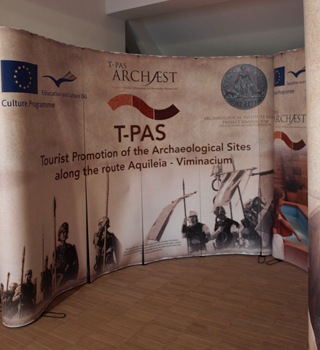
World-wide support
|

Grant from the US
|
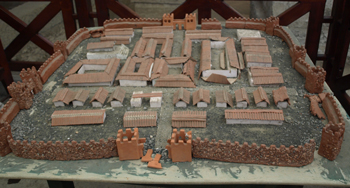
Model of the town of Viminacium |
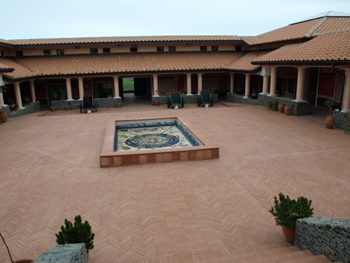
Courtyard of the Center
|

Restored art |
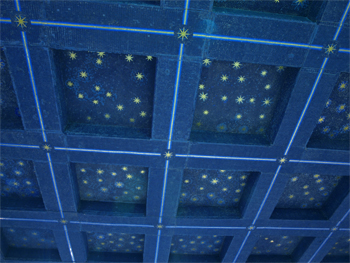
Ceiling in the visitors' center
|
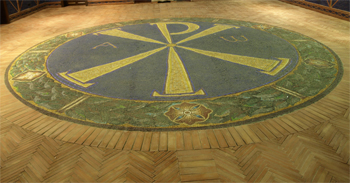
Tile-work in the visitors' center |

Tile-work in the visitors' center
|

Tile-work in the visitors' center |
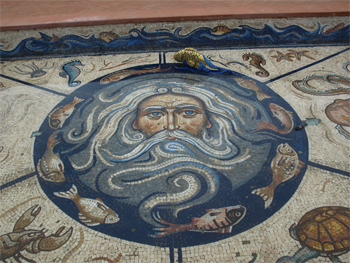
Tile-work in the visitors' center
|
We visited the ruins of the Terme-Roman baths. It is under a wood-laminated and material tent to protect it from the elements. There are well-defined remains of four trepidaria (hot pools, each with its own furnace), one frigiderium (cold bath), heated floor, changing and oil rooms, and a row of stone toilets.
Then we walked to the necropolis, also under a tented covering. In the center is the tomb of Trajanus Decius and other graves, both pagan and Christian, around it. We went down into the "underworld" and entered three tomb vaults to see the original frescos inside. Two were pagan and one Christian, by the symbolism of the pictures.
|

Roman Baths
|

Roman Baths |
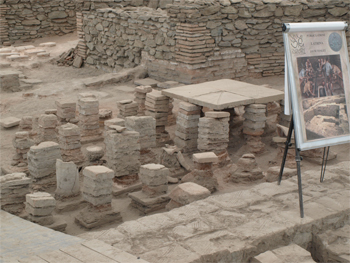
Roman Baths - Latrine |
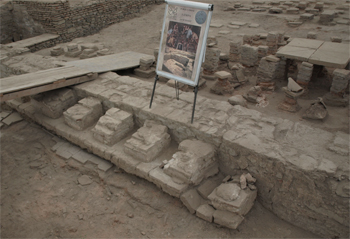
Roman Baths - Latrine |

Imperial Mausoleum grave sites |
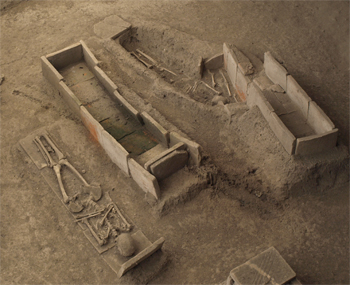
Imperial Mausoleum grave sites
|

Imperial Mausoleum grave sites
|
After visiting Viminacium, we continued our cruise down the Danube.
|

Town and farms
|

River dredge |
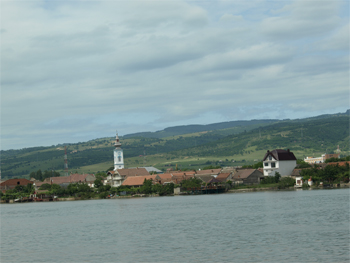
Town of Moldova-Veche |
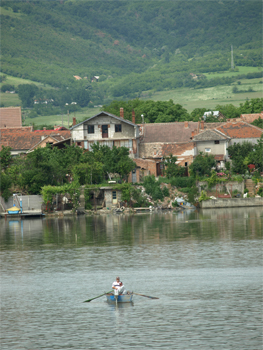
Rowing on the river - Moldova Noua, Romania in the background
|
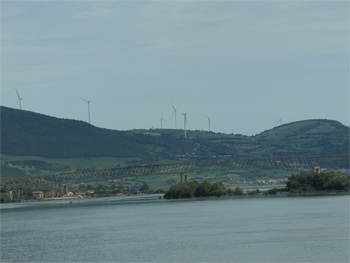
Wind turbines at Moldova Noua, Romania |
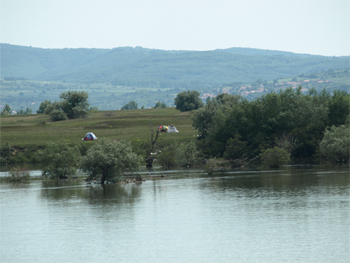
Camping along the Danube
|

Unfinished bridge between Romania and the former Yugoslavia
|
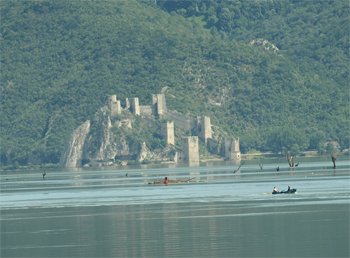
Golubac Fortress, Serbia |

Golubac Fortress and mountains, Serbia |
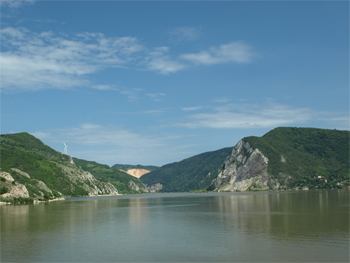
Looking down the Danube
|

Golubac Fortress, Serbia
|
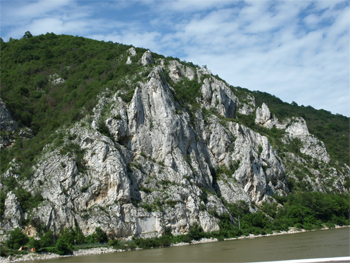
Rock formations on the Romanian side of the river |
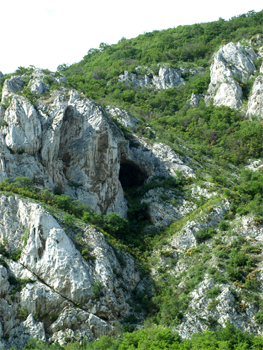
Rock formations on the Romanian side of the river
|
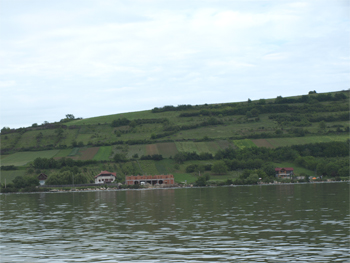
We were fascinated by the vertical plowing of the fields - you have to wonder about erosion |




































